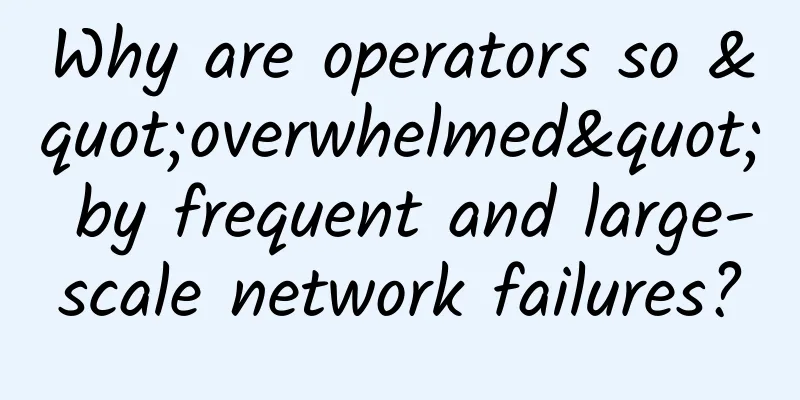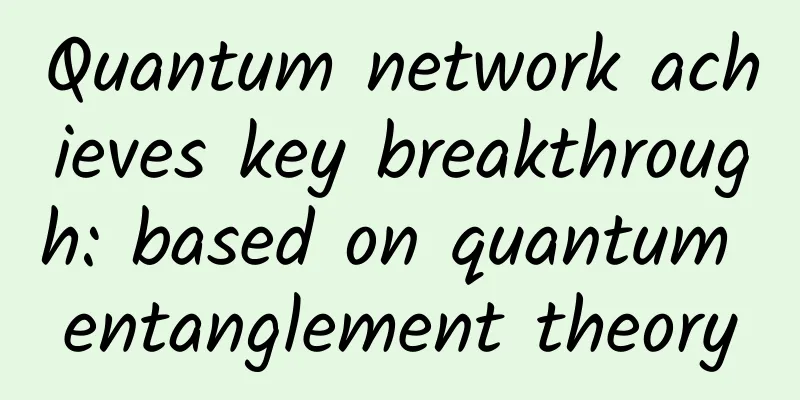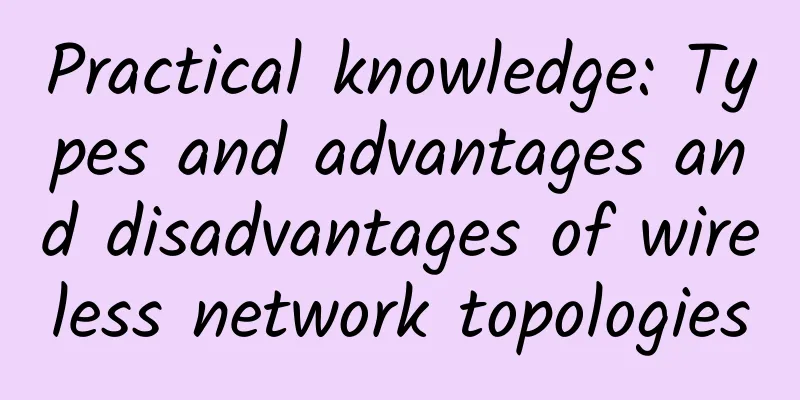After talking so much about 5G, the most critical technology is here

|
When it comes to antennas, everyone must be familiar with them. In modern society where wireless technology is very popular, antennas can be seen everywhere in our lives. The most common of these, of course, are the base station antennas used in our mobile communication networks. Base station antennas are vital to our lives. Without them, our mobile phones will have no signal, and we will not be able to happily shop online, watch TV series, and play PUBG. If you observe carefully, you will find that the antennas of different devices have different shapes and sizes. That's right! Theoretically, the ideal length of an antenna is usually 1/4 of the wavelength of the electromagnetic wave. Therefore, we can see that the length of analog TV telescopic antenna is generally 0.175~0.5 meters, and the length of FM radio antenna is 0.675~0.85 meters. The operating frequency of our mobile communication network is mainly between 700M and 3500MHz, so the size of the antenna is much smaller. It's so small that I can't even see it (I hid it in my phone) However, the higher operating frequency and shorter wavelength of wireless signals have led to a bad result - its anti-interference and diffraction capabilities have been significantly weakened. Especially in complex urban environments, signal quality is more easily affected. Therefore, engineers need to continuously develop new technologies to improve the capacity and coverage of mobile communication systems. Antennas, as a key link in mobile communications, naturally become the primary object of engineers' imagination. Next, let’s take a look at what amazing operations our base station antenna has performed. In the early 1G era of mobile communications, base stations used almost all omnidirectional antennas. The number of users was small and the transmission rate was relatively low. In the 2G era, antennas gradually evolved into directional antennas. For example, the antenna coverage angle was 120°, and a cell would have three sectors, evolving into cellular communications. In the 3G era, smart antennas were born, and single antennas developed into multiple antennas, which is what we often call MIMO (Multiple-Input Multiple-Output) multi-antenna technology. MIMO increases the number of antennas, which in turn increases the number of channels for signal transmission. So, how to use the extra channels? Initially, engineers thought of using it to enhance coverage. Based on MIMO, they proposed a new transmission mode called "transmission diversity". Simply put, it means "sending the same content through different antennas." “Transmit Diversity”: Distributed Transmission, Centralized Processing This mode can alleviate the performance degradation caused by unstable channel quality, thereby enhancing coverage. Later, MIMO developed another mode called "spatial multiplexing". Spatial multiplexing is to divide the data to be transmitted into several data streams and then transmit them on different antennas, thereby improving the transmission rate of the system. This mode is mainly used to increase cell capacity. In practical applications, the same part of the antenna cannot be used for both transmission diversity and spatial multiplexing. Therefore, MIMO antennas need to make a trade-off between the above two modes. The result of the trade-off directly affects the utilization of frequency resources. In the 5G era, the situation has changed again. During the evolution from 4G to 5G, as the frequency increases, the antenna size is further reduced and the number of antennas is further increased. Vodafone equipment photographed by a British enthusiast. It can be seen that the 5G antenna size is more compact. Therefore, MIMO has become Massive MIMO. Traditional MIMO usually has 2 antennas, 4 antennas, and 8 antennas, while the number of antennas in Massive MIMO can exceed 100. For example, the 64T64R antenna, one of the current mainstream choices for 5G, that is, the 64-channel Massive MIMO antenna, is composed of 192 antenna elements. The emergence of Massive MIMO has brought new gameplay to the transmission mode. The Massive MIMO system can control the phase and amplitude of the signal transmitted (or received) by each antenna unit, and generate a directional beam by adjusting multiple antenna units. In this way, the wireless signal energy can form a superposition of electromagnetic waves at the location of the mobile phone, thereby improving the received signal strength. This technology is the legendary beamforming. Beamforming concentrates the energy of the beam in a specified direction, which not only enhances the coverage distance but also reduces the interference between adjacent beams, allowing more users to communicate at the same time and improving the cell capacity. In other words, it combines the advantages of diversity and multiplexing.
It is worth mentioning that the effect of beamforming depends on the number of antennas and the quality of the algorithm. The algorithm performs real-time calculations based on the location and status information of the mobile phone to form an ideal beam through the antenna. In contrast, diversity and multiplexing work in a more relaxed way and can still be of great use when the information from a mobile phone is insufficient (for example, when the phone moves too fast). In addition to enhancing coverage and increasing capacity, Massive MIMO has another secret: when the number of antenna elements is large enough, Massive MIMO can break the limitations of space. Massive MIMO antenna arrays below 16T16R can only provide 2D beamforming in the horizontal dimension. Massive MIMO antenna arrays of 32T32R and 64T64R can achieve 3D beamforming in the horizontal and vertical directions, thereby effectively enhancing the coverage of high-rise residential buildings. It can be seen that Massive MIMO has pushed multi-antenna technology to a higher level. Massive MIMO and beamforming, the strongest CP in history, make antennas smarter and more powerful, and are well-deserved to be called the key technology of 5G. Behind the powerful power of "Massive MIMO+Beamforming" is a severe test of manufacturers' software and hardware R&D capabilities. During the research and development process, the filtering characteristics, gain effect, and anti-interference effect of the antenna system are all issues that engineers need to consider carefully. Moreover, the more antennas and mobile phone terminals there are, the more complex the antennas are, and the higher the requirements for algorithm and chip processing capabilities. Only a powerful algorithm can make beamforming produce the same ideal effect as stage spotlights. Currently, only a small number of manufacturers have the R&D and manufacturing capabilities for high-end (64T64R and above) Massive MIMO antennas. Huawei is one of them. Judging from the 5G antenna development trend announced by Huawei, highly integrated Massive MIMO is a key 5G technology with super beamforming capabilities, which brings considerable performance improvement to 5G. Well, that’s all for today’s story about 5G antennas. Thank you for watching, and see you next time! |
Recommend
edgeNAT Double Holiday Promotion: VPS special price starting from 199 yuan per year, 30% off for regular monthly packages and 40% off for annual packages
edgeNAT has just released a promotional event dur...
Network security knowledge: Understanding Voice over Internet Protocol (VoIP)
[[442039]] What is Voice over Internet Protocol (...
5G in the eyes of Americans
On the first day of the new year, I wrote about R...
5G improves network determinism and supports digital transformation
[[326206]] Operators see enterprise and industria...
Can ordinary mobile phones connect to 5G networks? Which areas will have priority coverage? Here are the answers
[[259528]] Recently, 5G mobile phones have been r...
Arasaka: San Jose high-security VPS monthly payment starting from 100 yuan, AS9929 line
Arasaka Network LLC is a newly opened overseas VP...
Redis actually has a custom network communication protocol?
[[385171]] All network communications require bot...
RabbitMQ communication model routing model
Hello everyone, I am amazing. Today, I will lead ...
Why do we need 5G-A?
In today's article, I want to talk to you abo...
Data Center Strategic Evolution
With the advent of cloud computing, many industry...
Huarui Cloud: Hong Kong CN2 GIA lightweight cloud server from 19 yuan/month, Inner Mongolia BGP enterprise cloud server from 34 yuan/month
Huaruiyun is affiliated to Shenzhen Huaruiyun Net...
Introduction to SDN Controller
1. Introduction to SDN and controller SDN (Softwa...
Building the future of intelligent networks at the edge
Edge computing is evolving and is the future of b...
Gcore (gcorelabs) Japanese VPS simple test
The tribe has shared G-core product information s...
Why do I always see pop-up ads? Yes, it’s a DNS problem
What is DNS? Each IP address can have a host name...









